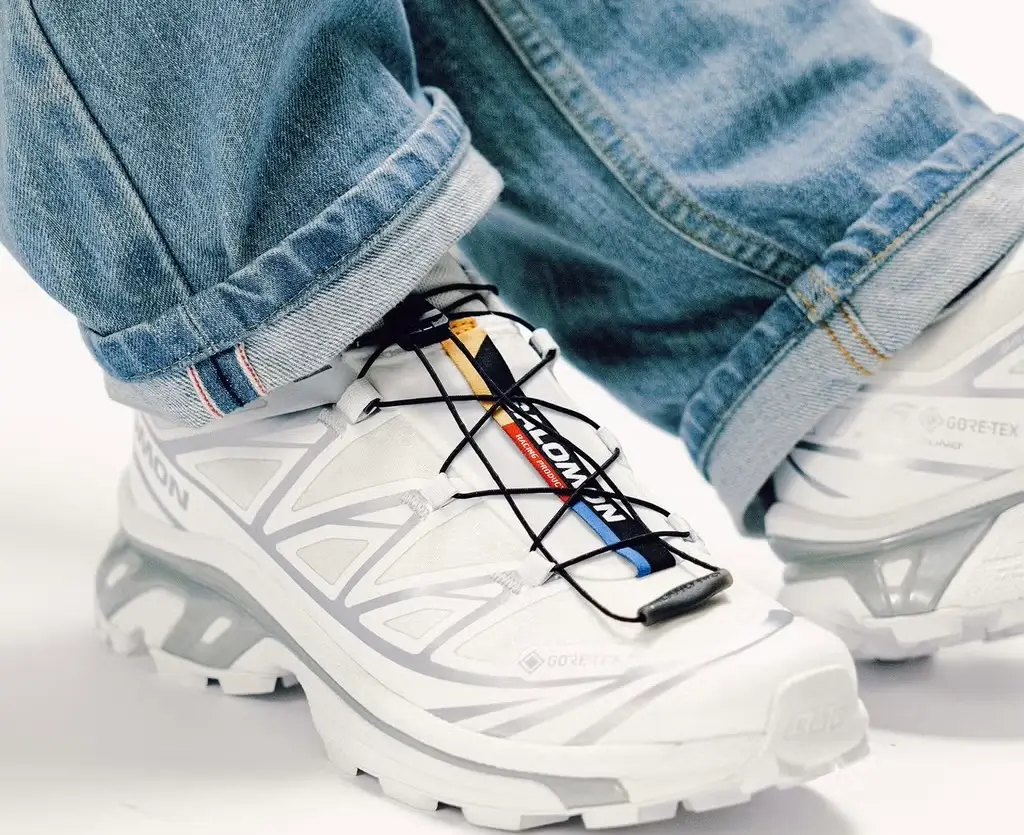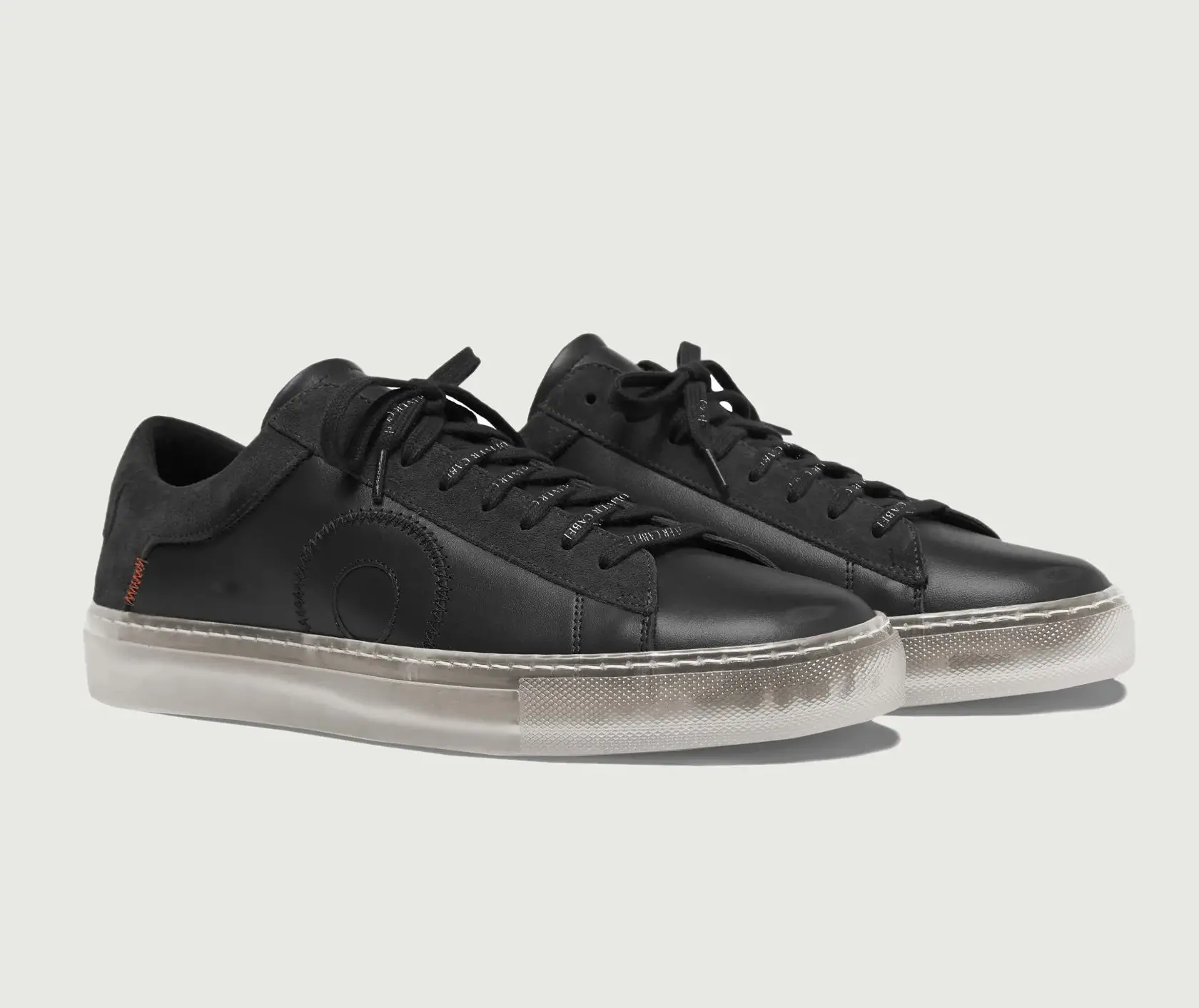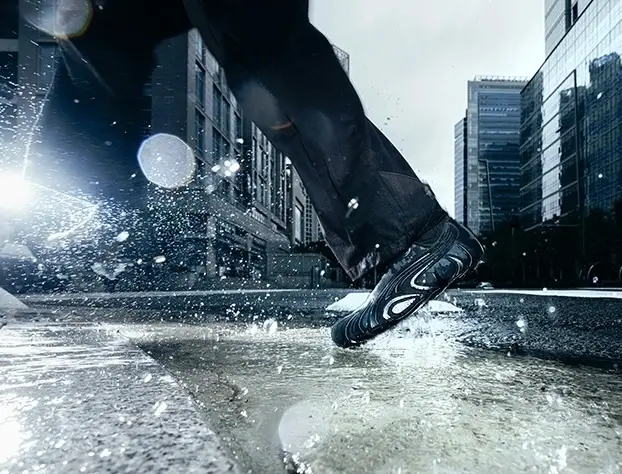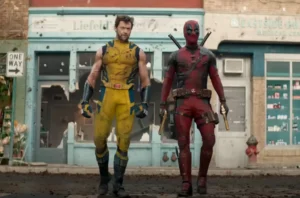In a time where most shoe connections aim for virality over vision, the Air Jordan Retro OG SP x Sylvester Nigel “Brick by Brick” delivers something deeper: a tactile, autobiographical construction layered with intent. Officially rendered in Firewood Orange, Sail, and Cinnabar, the silhouette serves as both an homage and a provocation—a reminder that the building blocks of greatness are often forged in pressure, repetition, and memory.
This isn’t just a colorway. It’s a mood board of lived experience. It’s a philosophical architecture. And through Sylvester Nigel’s lens, the sneaker is not merely an object of sport or style, but an artifact of emotional construction: the sneaker as foundation, the outsole as memory, and the upper as storytelling.
THE NAME THAT GROUNDS IT ALL: “BRICK BY BRICK”
“Brick by Brick” is more than a catchy moniker—it’s a personal motto that Sylvester Nigel has echoed throughout his creative evolution. Known in cultural circles for his dual background in industrial design and performance art, Nigel approaches sneakers like sculpture. In interviews, he’s noted that bricklaying was a formative part of his upbringing, metaphorically and literally. The phrase represents resilience, accumulation, and process. And this sneaker is his latest—and most public—attempt to sculpt a narrative in motion.
Each stitch, each panel, each gradient of burnt orange across the suede is a mark of that journey. This is not about perfection. It’s about material truth.
CONSTRUCTION AS CHARACTER: A STUDY IN TACTILITY
The Air Jordan Retro OG SP foundation remains familiar—a silhouette rooted in the 1980s basketball boom and popularized through MJ’s transcendent career. But under Sylvester Nigel’s touch, it becomes something else entirely: more grounded, less pristine, textured with intention.
The upper is made of rugged Firewood Orange suede, uneven in nap and slightly faded at stress points, as if pre-aged by decades of wear. This isn’t the kind of suede you want to protect. It’s the kind you want to earn. The material nods to work gloves, clay dust, and the oxidized patina of old bricks—everyday textures that defined Nigel’s early encounters with labor, architecture, and groundedness.
Panels of Sail canvas break the visual weight of the orange suede, offering a washed-out, sun-bleached contrast. These sections feel like drop cloths from a studio floor, or the blank walls before a muralist begins their story. On some pairs, faint flecks of pigment appear on the canvas—accidental marks that blur the boundary between factory and artwork.
Cinnabar, a rich red-brown tone, outlines the collar and midsole foxing. It roots the shoe with warmth and historical depth. Cinnabar, after all, is a mineral pigment used in ancient art from Rome to China. In this context, it links the act of building with the act of remembering.
The outsole features a gradient rubber composite that transitions from burnt sienna to grey—like soot on a kiln or sediment layers in geological time. Here, even the bottom of the shoe tells a story of compression, erosion, and heat.
THE EMBEDDED MESSAGES: FROM SOLE TO STITCH
On the insole, printed in hand-drawn type, is a singular phrase: “Foundation is freedom.” It’s an inversion of the bootstrap myth, a meditation on how true liberation comes not from escape, but from anchoring. That mantra sits beneath the foot, like a whispered reminder with every step.
The tongue tag, typically reserved for branding, has been replaced with a heat-pressed debossing of a cinderblock motif—one of Nigel’s recurring visual signatures. It suggests weight, permanence, and modularity. No logos. No shortcuts.
Inside the tongue, a stitched pocket holds a single copper nail—a nod to Nigel’s grandfather, a builder who used to drive one into every threshold “to hold the house together.” On this sneaker, it’s symbolic, not structural. But that doesn’t diminish its power.
The shoe comes in a shoebox mimicking a stack of bricks—textured cardboard printed with cement splatter, finished with a linen band instead of plastic wrap. The box opens from the side, like a drawer in a workshop. Inside, instead of traditional wrapping paper, is a blueprint-style sketch of the sneaker’s development, annotated by Nigel in rough handwriting.
SYLVESTER NIGEL’S LANGUAGE OF FORM
What makes this collaboration sing is not just its aesthetics, but its worldview. Sylvester Nigel is part of a new class of designer-storytellers—figures like Salehe Bembury, Nicole McLaughlin, and Samuel Ross—who blur the line between product and performance, fashion and functionality, craft and concept.
Nigel doesn’t traffic in nostalgia. He interrogates it. He asks what it means to rebuild identity in a world that constantly wants to erode it. And in this shoe, he delivers an answer—not polished, not perfect, but layered, personal, and real.
Unlike collaborations that slap a logo on a retro shape and call it disruptive, the Brick by Brick project works because it recontextualizes. It looks at the Air Jordan not as a temple, but as a tool. Not sacred, but useful. Not about escape, but about grounding.
CULTURAL MOMENTUM: WHERE THIS SHOE SITS IN TIME
Released in the Fall/Winter 2022 season, the Air Jordan Retro OG SP x Sylvester Nigel arrived at a time when sneaker fatigue was beginning to set in. After years of maximalism, rehashes, and deadstock overflow, the market was yearning for design with depth again.
Collectors were no longer just chasing scarcity—they were chasing meaning. And Nigel’s project met that need. With fewer than 12,000 pairs produced, the sneaker maintained its limited-edition allure without falling into gimmick. Its rollout was quiet—no influencer seeding, no explosive ad campaigns. Just word of mouth and still-life photography that felt more like museum catalogues than hypebeast teasers.
Still, the drop sold out within minutes. Not because of bots or flips—but because it hit a nerve. It felt earned.
AFTERMATH AND FUTURE LEGACY
Today, the Brick by Brick pair sits in a curious position. It’s not the flashiest Jordan SP ever released, nor is it the most iconic. But it is one of the most authored. It is a blueprint for what collaborations could be: thoughtful, situated, and emotionally embedded.
As Sylvester Nigel continues to evolve—venturing into sculptural installations and public architecture—this shoe remains one of his most wearable works of art. It doesn’t shout. It doesn’t posture. It builds. And like all great structures, it starts from the ground up.
No comments yet.









